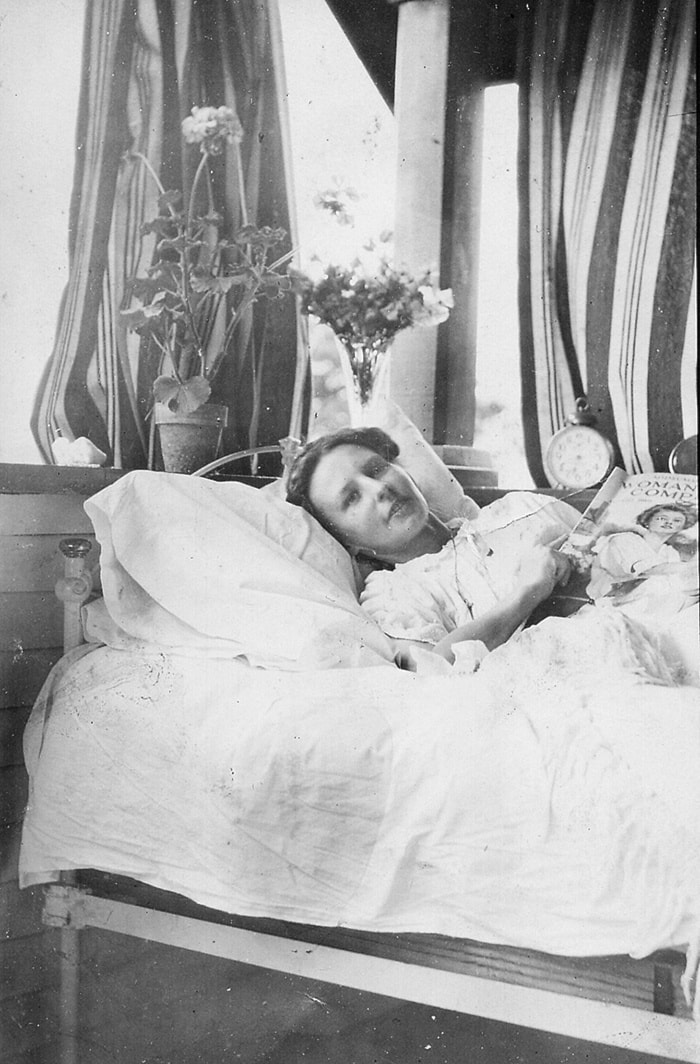A common question both the Maple Ridge Museum and Haney House Museum receive, especially around this time of year, is, are the houses haunted?
The short answer is, no.
Those who have been here for years will know it’s just the wind hitting against the side of the house, or that certain steps creek when you ascend the stairs, mainly because each house is more than 100 years old.
Work here long enough, you get to know all the sounds and quirks.
The answer ‘no’ always seems to be met with slight disappointment, especially in Haney House.
Perhaps the public’s curiosity may have to do with the fact on display is a death mask portrait of Mary Haney, Thomas and Anne Haney’s first daughter, that hangs in the parlor.
She died in 1886, at the age 11 from diphtheria, and the Haneys had the painting commissioned from a tin plate photograph to remember her by.
Deaths happened often in family homes during this era, and the advent of photography made it so the middle class was able to take a picture and memorialize their dead loved ones.
Photographs of deceased loved ones were a normal part of North American and European culture in the 19th and early 20th centuries.
Commissioned by families, these photographs not only helped in the grieving process, but often represented the only visual remembrance of the deceased and were among a family’s most precious possessions.
In the portrait of Mary Haney, you can tell she is not alive as on the left side of the painting there are mountains and water and the right side, darkness, which is to show her journey from life to death.
In the Victorian era, morality rates among children were high, and a post-mortem photograph might have been the only image that family would have had of the child. They were more of a keepsake than anything to do with morality.
Often the children were photographed to appear lifelike, in their crib, or with a toy.
If family was posed with the child, typically they would be seated in a chair next to the deceased.
Today, the practice of post-mortem (or death mask portraits) photography is essentially non-existent in the western world.
Portrayal like such is seen as sensationalist and quite taboo.
This cultural shift could perhaps reflect western social discomfort with death.
Why such words as ‘morbid’ or ‘creepy’ are often used when first entering the Haney House parlor and looking at the portrait.
This Saturday, Oct. 31st, Haney House Museum is hosting Hallowe’en festivities “Eat, Drink and Be Scary” from 11 a.m. to 3 p.m. and welcomes questions of, “is this house haunted?”
In turn, the museum hopes to educate those on the history of memorializing loved ones through the use of photography.
For children on Saturday, there will be a scavenger hunt, cookie decorating, crafts and a creatively themed tour of the house.
Children and encouraged to wear costumes and admission is $3.
• For more details, contact mrmeventplanner@gmail.com.
– By Allison White, curator of the Maple Ridge Museum.
